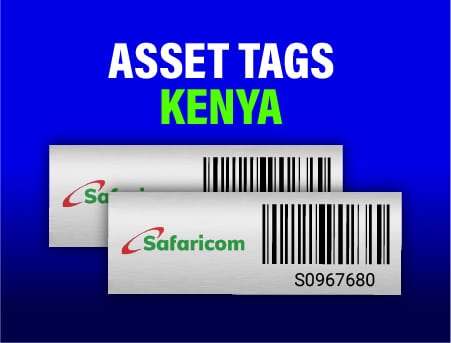Asset tagging allows companies to assign a unique identifier to each asset. Printed with barcodes, asset tags eliminate the need for manual data entry, enabling accurate and efficient inventory tracking and streamlined documentation of activities such as maintenance and repairs. By tracking each asset’s location, maintenance history, usage, and other details, companies can simplify record-keeping and streamline reporting for accounting and tax purposes. For example, complete utilization data makes it easy to calculate depreciation for equipment assets.
Some industries have regulations that stipulate the types of assets that must be tagged, the materials required for asset tags, and other asset identification requirements. The defense industry, for instance, requires unique identification, otherwise known as UID or IUID, under MIL-STD-130. Asset tags used for defense applications, known as UID labels, must meet strict criteria, including the ability to withstand harsh environmental conditions and remain readable throughout the lifespan of the asset. In the defense industry, asset tagging systems provide a valuable tool for tracking military property throughout its lifecycle, from manufacture to distribution and eventual disposition.
The data collected for individual assets enables companies across all industries to make smarter, data-driven decisions, such as determining whether investing in new equipment is a more financially sound decision than repairing a piece of equipment that’s nearing the end of its expected usable lifespan.
Because each item is affixed with a unique identifier and its location history documented, asset tagging can also help to deter theft and loss. Certain types of asset tags, such as tamper-evident barcode labels, add an additional deterrent to discourage theft.








